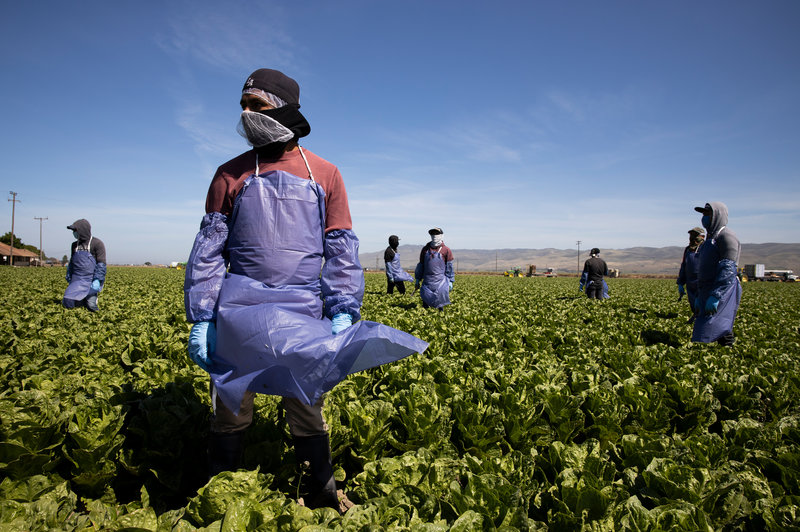South Africa’s primary agricultural employment in the third quarter of the year improved by 1% from the previous quarter to 807 882. This slight quarterly recovery corresponds with the reopening of the economy and certain agricultural commodities during that period.
This is important because while the majority of agriculture remained operational since the start of the lockdown period, the sector could not entirely avoid job losses as demand for some products in the sector was somewhat disrupted. When compared to the corresponding period in 2019, employment in this sector was down by 8%.
From a regional perspective, the pain points of the COVID-19 regulations are visible. The Western and Northern Cape provinces, who are the major producers of wine in South Africa, saw employment fall by 31% and 15% quarter-on-quarter, respectively. This corroborates the
concerns that various wine producers expressed during the lockdown period. When viewed on an annual basis, the Western and Northern Cape’s primary agriculture employment fell by 37% and 8%, respectively. In the case of the Western Cape, agricultural employment was at the
lowest levels since the last quarter of 2014, at 136 729.
Other provinces of the country experienced an uptick in employment in the third quarter compared to the previous, underpinned by increased activity as more sectors of the economy were progressively opening up. Nevertheless, on an annual basis, the North West and Free
State, joined the Western and Northern Cape on employment reduction.
From a subsector perspective, it is only the forestry industry that recorded an increase in employment in the third quarter of 2020, compared with the previous year. All other subsectors recorded a decline in employment. Worth noting, however, is that the dynamics from provincial level differ, as evidenced by the Eastern Cape, Gauteng, Mpumalanga and Limpopo where primary agricultural employment increased in the third quarter of this year compared with the same period in 2019.
The increased employment in these provinces can be attributed to increased activity in the fields as 2020 was a boom agriculture year in terms of output in almost all subsectors (horticulture, field crops and livestock). The country had its second-largest grains harvest in
history. In the case of horticulture, South Africa has generally had a good fruit harvest this year, with the citrus industry recently noting a 13% year-on-year (y/y) increase in available supplies for export markets in 2020. There is also a broad recovery in the production of deciduous fruit
with apple and pear production up by 5% y/y and 1% y/y respectively in 2020. There is also a general recovery in the livestock industry although this particular subsector was not as robust as other subsectors.
We believe that had there not been a pandemic, agricultural employment would have increased notably in 2020 on the back of a large harvest. But the health protocols such that
were put in place, and rightly so, led to the reduced workforce to comply with social distancing. Disappointingly, the ban of the sale of wine appears to have had a major impact on employment, specifically in the provinces of the Western and Northern Cape.
Wandile Sihlobo
Chief Economist
+27 12 807 6686
wandile@agbiz.co.za
www.agbiz.co.za



